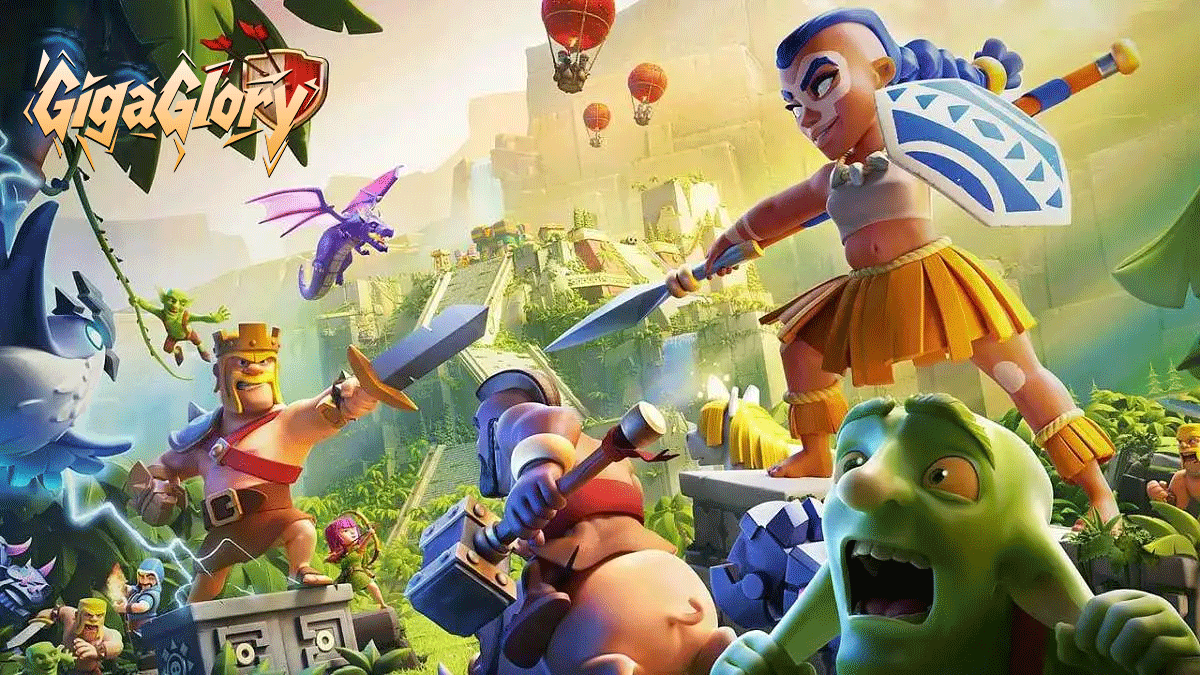Why Idle Games Are the Future of Simulation Games: A Deep Dive into Gameplay and Innovation
The Rise of Simulation Games
Simulation games have taken the world by storm, offering players immersive experiences that mimic real-life activities. From city-building to farming simulations, these games provide an escape from daily routines. With advancements in technology and game design, players are more engaged than ever. But in this evolving landscape, idle games are emerging as frontrunners, redefining what simulation can be.
What Are Idle Games?
Idle games, sometimes called “clicker games,” are a subgenre of simulation games. Players typically progress through simple mechanics, often by clicking to earn in-game rewards, which can then be used to upgrade their success. The appeal of idle games lies in their ease of access—players can leave the game running, allowing them to earn rewards even when not actively playing.
Why Idle Games Work
- Engagement without Commitment: Players can enjoy gameplay without needing to devote hours at a time.
- Instant Gratification: The reward system caters to players’ desires for immediate feedback.
- Strategic Depth: Despite their simplicity, players engage in strategic planning, especially as the game progresses.
The Fusion of Idle Mechanics with Traditional Simulation
Idle mechanics, when combined with traditional simulation elements, create a dynamic gameplay experience. Take, for instance, city-building simulations. Players might click to earn resources but then allocate those resources to expand their city. The delicate balance of strategy combined with automated earning leads to a more satisfying experience.
Innovative Gameplay Features in Idle Games
Modern idle games are incorporating various innovative features, enhancing gameplay while attracting newer audiences. Some of these include:
| Feature | Description |
|---|---|
| Automated Progression | Allows players to progress in-game without constant interaction. |
| Interactive Upgrades | Players must make decisions about improvements, adding a layer of strategy. |
| Community Features | Players can interact with one another through leaderboards and collaborations. |
| Customization | Players have options to personalize their experiences, leading to deeper engagement. |
Case Study: Game Dev Story
One exemplary title in the idle gaming domain is “Game Dev Story.” In this game, players take on the role of game developers, managing the production of video games. The gameplay revolves around strategic decision-making, marketing, and resource management. Players can watch their virtual game company grow, making it a stellar example of how idle games can encapsulate simulation mechanics.
Gameplay Mechanics of Game Dev Story
- Hiring Staff: Players recruit and manage talents to develop quality games.
- Game Development: The development phase involves choosing genres, themes, and more.
- Marketing: Players must effectively market their games for success.
Combining Idle and Tactical RPG Elements
Another fascinating direction is the blend of idle gameplay with tactical RPG elements. Some of the best tactical RPG games include mechanics where idling can lead to incremental progress in character development or world-building. This combination appeals to both idle game enthusiasts and traditional RPG fans.
Player Psychology: The Thrill of Progression
Psychological factors play a significant role in why idle games attract such a broad audience. The feeling of progression—whether achieved through clicking or waiting—fuels a sense of achievement. Players experience bursts of satisfaction as they advance, reinforcing their desire to continue playing.
The Future of Idle Games in the Market
The future of idle games looks bright. Developers are continually experimenting with innovative ideas that keep the genre fresh. With more players seeking casual gaming experiences that fit into their busy lives, the demand for idle simulation games is likely to increase.
Challenges Facing Idle Games
Despite their potential, idle games face certain challenges. Saturation of the market can lead to repetitive gameplay experiences. Moreover, monetization strategies such as microtransactions can alienate players. It’s crucial for developers to strike a balance between offering engaging content while maintaining fair practices.
Conclusion
Idle games appear to be the future of simulation games, successfully merging simplicity with innovation. Their engaging mechanics, emphasis on player satisfaction, and strategic depth make them an attractive option for both casual and dedicated gamers. As the gaming landscape continues to evolve, embracing the allure of idle gameplay can pave the way for unique and captivating experiences.
FAQs
What are the best idle games available today?
Some popular titles include "Adventure Capitalist," "Idle Miner Tycoon," and "Cookie Clicker."
How do idle games monetize?
Idle games typically use in-game purchases, ads, and sometimes premium versions to generate revenue.
Are idle games good for strategic thinking?
While they may seem simple, many idle games require planning and strategy, especially in resource management and progression methods.
Can idle games be played without constant attention?
Yes, that's one of the main appeals of idle games—players can leave them running and still achieve progress.
What future trends should we expect in idle games?
Expect more integrations with other genres, enhanced multiplayer features, and increasingly sophisticated gameplay mechanics.



